Are there ingredients from GE Plants in my Food?
In this activity, students will examine a variety of foods and their ingredients to determine which foods contain ingredients that may have come from genetically engineered plants.
In this activity, students will examine a variety of foods and their ingredients to determine which foods contain ingredients that may have come from genetically engineered plants.
Pair this activity with lessons on selective breeding. Students will identify desirable genetic traits in apples and use a coin flip to simulate the steps and time involved to breed a new cultivar of apple.
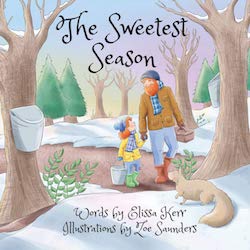
It's early springtime in the forest. The snow is melting, and the sweet maple trees are budding. That can only mean one thing; it's time to collect the sap and make some delicious maple syrup.
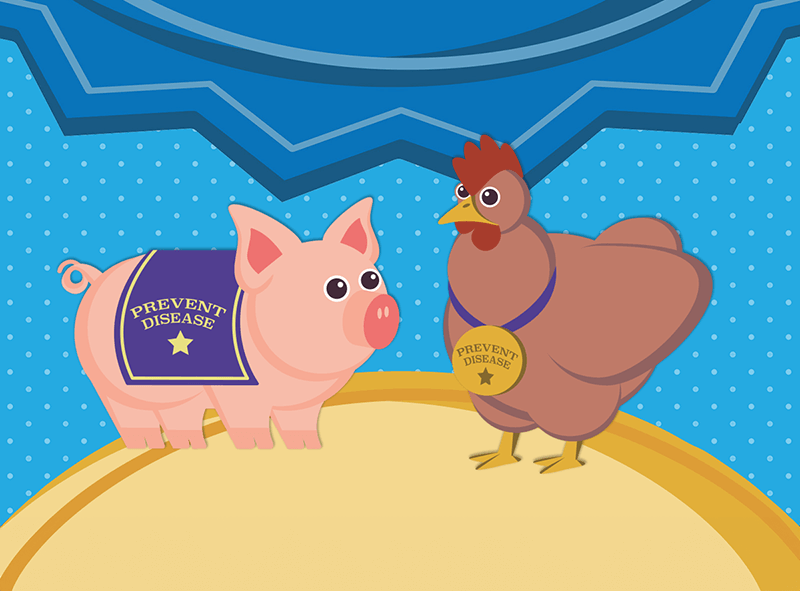
Using the context of a county fair livestock show, students explore how zoonotic diseases are spread. This program is designed to educate youth about the spread of disease and best practices for human and animal interaction. The online module can be accessed directly for virtual or remote learning. For in-person learning, see the full lesson plans linked below for upper elementary and secondary classrooms.
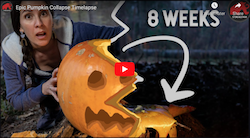
Observe the decomposition of a Jack-o-lantern in time-lapse over an 8-week period of time.
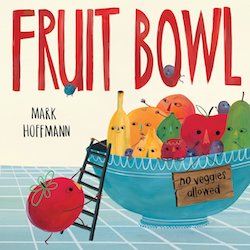
All the fruits are in the bowl. There's Apple and Orange. Strawberry and Peach. Plum and Pear. And, of course, Tomato. Now wait just a minute! Tomatoes aren't fruit! Or are they? Using sly science (and some wisdom from a wise old raisin), Tomato proves all the fruit wrong and shows that he belongs in the bowl just as much as the next blueberry! And he's bringing some unexpected friends too!
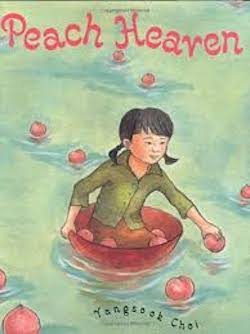
The white peaches grown in Puchon are the best in all South Korea and are a rare treat for a little girl who lives in the town. She dreams of a peach orchard where she can play and eat as much of the delicious fruit as she wishes. Then one day, after weeks of heavy downpours, the sky begins to rain peaches. Yangsook finds herself in peach heaven—until she remembers the farmers who have lost their harvest, and decides she must help them.
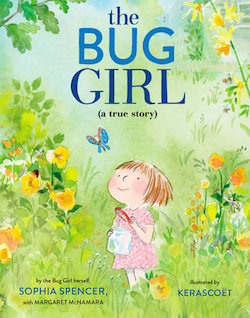
Sophia Spencer has loved bugs ever since a butterfly landed on her shoulder—and wouldn't leave!—at a butterfly conservancy when she was only two-and-a-half years old. In preschool and kindergarten, Sophia was thrilled to share what she knew about grasshoppers (her favorite insects), as well as ants and fireflies...but by first grade, not everyone shared her enthusiasm. Some students bullied her, and Sophia stopped talking about bugs altogether. When Sophia's mother wrote to an entomological society looking for a bug scientist to be a pen pal for her daughter, she and Sophia were overwhelmed by the enthusiastic response—letters, photos, and videos came flooding in. Using the hashtag BugsR4Girls, scientists tweeted hundreds of times to tell Sophia to keep up her interest in bugs—and it worked! Sophia has since appeared on Good Morning America, The Today Show, and NPR, and she continues to share her love of bugs with others.
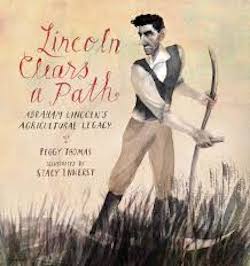
As a boy, Abraham Lincoln helped his family break through the wilderness and struggle on a frontier farm. When Lincoln was a young man, friends made it easier for him to get a better education and become a lawyer, so as a politician he paved the way for better schools and roads. President Lincoln cleared a path to better farming, improved transportation, accessible education, and most importantly, freedom.
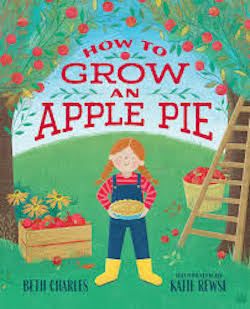
It's easy to make an apple pie, but what does it take to make the apples? Sophie is about to find out! First, the apple trees need to be about six years old—just like Sophie. Next, they need to be pruned, and the bees have to pollinate their blossoms! After that, the tiny apples grow through the summer until they're ready to pick in the fall. Finally, it's time for Sophie to make the perfect pie!
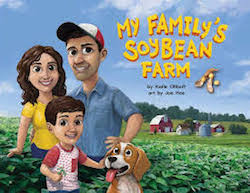
Alexander lives on a soybean farm. What's a soybean farm and what's it like to live there? Join Alexander on his family's farm as he shows us how soybeans grow, are harvested, and are used.
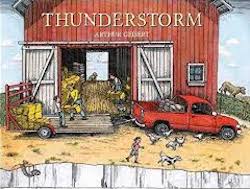
Thunderstorm follows the course of a storm through midwestern farm country minute-by-minute, hour-by-hour, from late morning into late afternoon. Other than the timeline that runs along the bottom border of the illustrations, there is no text. The images in the book, which form one continuous illustration, render the colors and landscapes of the American heartland in exquisite color and detail.